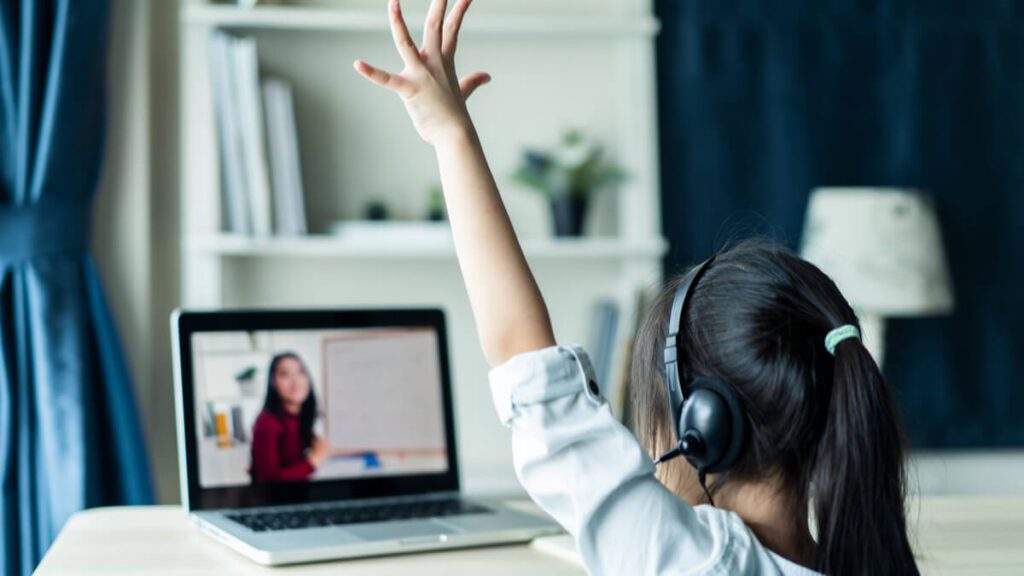
Schools and learning institutions will need to open up at some point. But with growing concerns for public health and safety, how will schools adapt to Covid-19 and continue their crucial work amidst the uncertainty?
How schools cope will depend largely on where they are, the resources they can muster and the socioeconomic status of each of their students.
The present
One of the ways that can help schools adapt to Covid-19 is by pivoting swiftly and smoothly between class gatherings and online work. This takes planning, practice, and digital equity. Things will not run smoothly if some students run out of internet, while others have no webcam or microphone, or even an adequate device for remote learning. Students from rural, or underprivileged communities may have difficulties getting and staying connected or acquiring the tools they need to learn remotely.
Many families simply cannot afford electronic devices like smartphones and tablets for their children to work remotely. Ensuring all students have access may involve institutions providing them with simple and practical laptops, tablets or smartphones for easy independent use. Effective school partnerships and collaboration is needed to ensure greater equality among students.
The future
It may be impossible to say with any certainty how schools will look 50 years from now. The trends, technologies and behaviors, however, may eventually force a major change in education.
With the many nuances in education, a complete shift towards remote learning may not be the only possible outcome. There will most probably be many variants on how schools adapt to Covid-19 and what systems emerge in the future.
The curriculum, the culture and socioeconomic circumstances all factor in. Schools may have weekly or biweekly meetings for lessons for each class, with a week’s worth of homework to follow.
Or, those with absolutely no access will just have to attend class and adhere to stringent safety measures of social distancing, frequent handwashing and wearing masks.
Shifts such as these may prompt greater investments in specialized electronic devices. Perhaps individual online meetings with teachers will replace private tutoring and Zoom classes will replace conventional classroom activities.